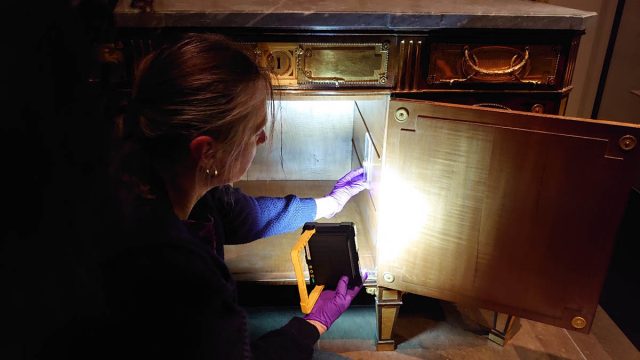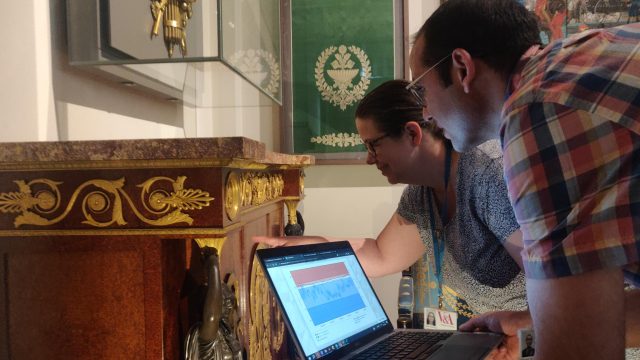Part of the reason for going to Nanjing was to learn how to take an ink rubbing. Luckily Master Yu, my teacher, is also able to show me the technique. ‘It is easy’, he says. So we begin by making our paizi (dabbers). One male and one female. These are constructed from soft old cotton fabric, cotton wool and a plastic bag all tied together to form a hard ball shape with a tail.


Ink rubbings can be made from any surface that is incised, in this case a wooden panel, although stele (stone carvings), jade, bone and bronze can have rubbings made from their surface calligraphy or decoration. The surface is washed and a damp piece of paper is tamped on and left to dry.

The female paizi is charged with ink and the male paizi does all the work! The ink is applied to the surface evenly and not too thickly as you can cause ‘ink pigs’, or darker areas that seep into the incised lines thus ruining the rubbing. This action is repeated until you have the desired density of ink. Light inkings are know as ‘cicada-wing rubbings’ and the dark inkings as ‘black gold rubbings’.

There you have it, a masterclass in an ancient copying technique.




